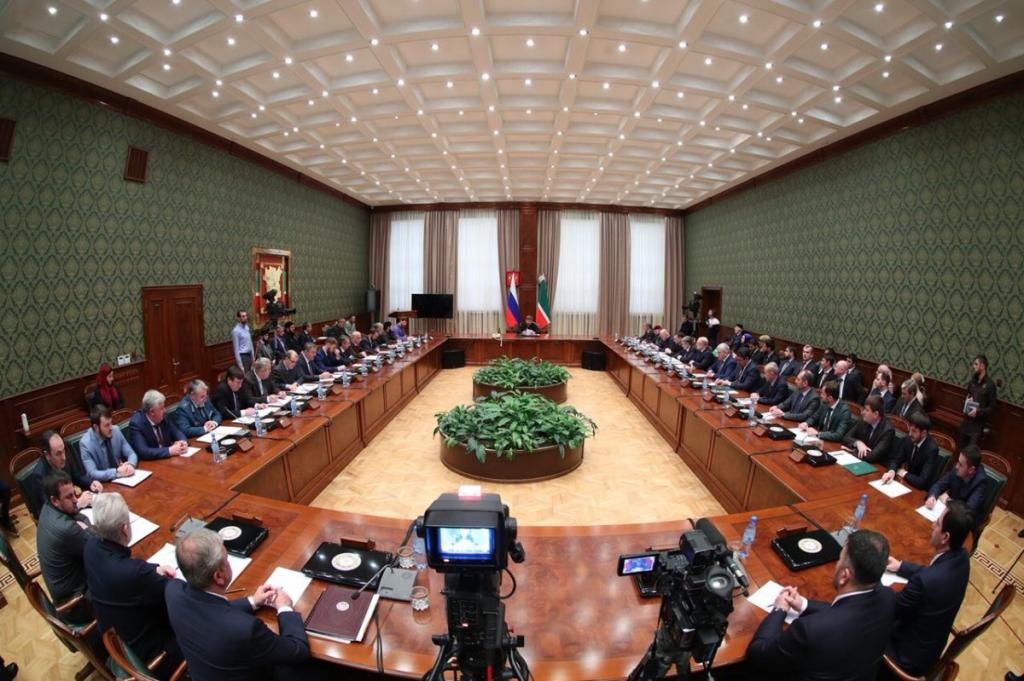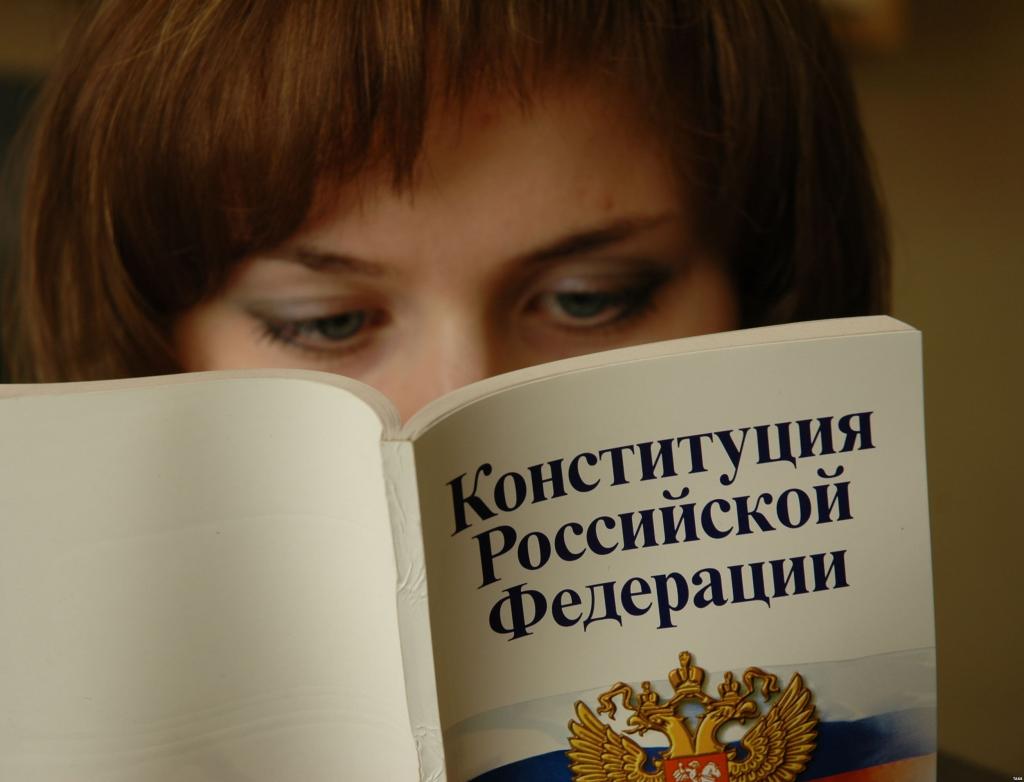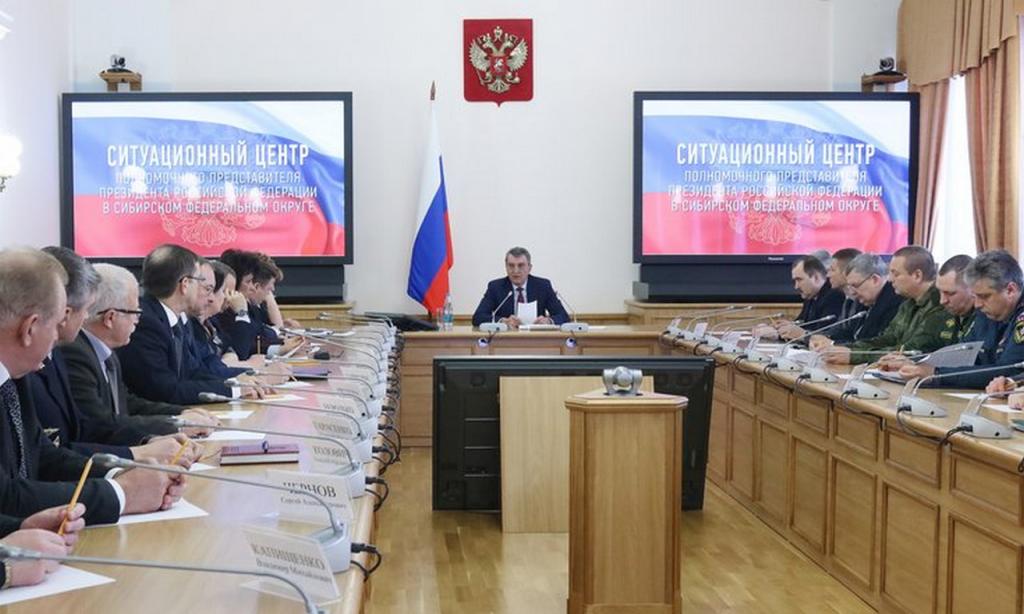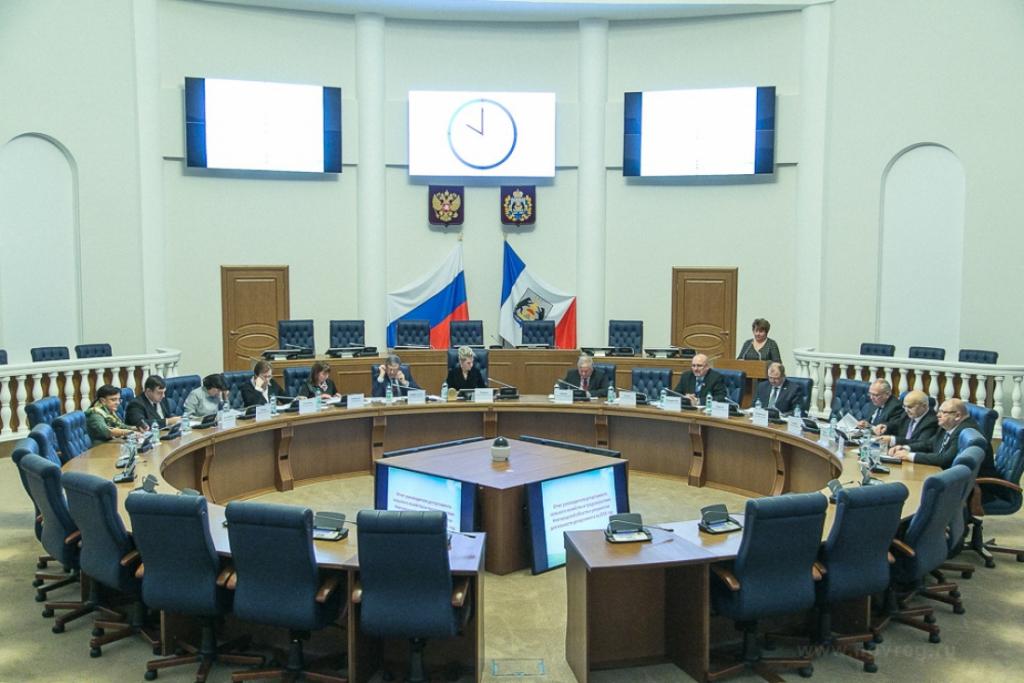The basic law of the Russian Federation presents the general contours of the system of state power and administration. Each of the three branches of government has its own special characteristics. The sphere of executive power, which includes several structural categories, is no exception. At the same time, the complex of territorial executive bodies is quite diverse both in the types of units and in the functional relations between them.
Signs of the Executive
Executive power is understood as the totality of powers of a number of government affairs management bodies. Its tasks include organizing the implementation of constitutional provisions and laws in practice. Management activities should be aimed at meeting the needs, interests and requests of citizens. The concept is interpreted from two perspectives, legal and political science. In the first case, executive power is understood as the possibility and right of a number of leaders to govern someone, to issue acts of power, in the second - a complex of legal and political phenomena, a system of public administrative bodies and their activities, competencies of employees. In contrast to the legislative and judicial branches, the executive branch is organizationally united, subdivided into hierarchical levels. In Art. 72 of the Constitution of the Russian Federation determines which areas of socio-economic and state structure are in the sphere of attention of executive authorities.
This category of power is characterized by the following features:
- somewhat subordinate to the legislative;
- organizing character (actually transforms political tasks and directions into the plane of practical activity);
- universality (this form of power is implemented at several levels and in a wide variety of socio-economic and public spheres);
- the presence of significant resources (legal, informational, technical) without the possibility of their direct use.
System features
Conceptually, the category of executive power includes a complex of bodies of the constituent entities of the Russian Federation, the format of their subordination, the principles of interaction with other power structures and local self-government.
The composition of the executive bodies is formed on an elective basis with the possibility of subsequent appointment. Their structure is made up of public servants, whose competencies are determined by the relevant regulations.
The system of executive authorities includes federal services and agencies, ministries. The regional structure includes ministries, committees (as part of the governments of Moscow and St. Petersburg), departments and administrations.
As a result, the following are integrated into a single system of regional (provincial, district) executive bodies:
- a key executive at the regional level;
- administration or government (general executive body);
- bodies of categorical (special) competence;
- territorial structures of a general orientation of actions within cities, districts, districts;
- specialized territorial governing bodies.
At the same time, territorial executive bodies of federal authority may act at the subject level.In fact, they are branches of republican bodies, they report directly to them and, accordingly, are not a direct component of the region’s executive power system, but actively interact with it.

Main functions
Speaking about the management system of the executive branch, the following key functions can be distinguished:
- providing (creating conditions for socio-economic and economic development);
- human rights (ensuring civil rights);
- protective (application of appropriate measures in case of violation of the law);
- standard-setting;
- regulatory (planning, control, accounting, forecasting).
If we take the sectoral (substantive) principle as the basis, then the key tasks of the territorial structures and executive bodies may be: leadership in industry, agriculture, and transport; promotion of entrepreneurship; ensuring public order, defense and territorial integrity; organization of healthcare and social protection and much more.
The main functions of territorial executive bodies primarily depend on departmental affiliation and the characteristics of a particular region. Territorial authorities: participate in the development of ways of state regulation of the socio-economic development of the subject, the analysis of inter-regional programs and cooperation; regularly inform federal departments and local authorities about the work carried out in the region.

Regulatory support
The normative basis for the work of territorial executive bodies is a whole range of federal laws and acts.
The Constitution reflects the powers of federal authorities having the right to create their own units in the regions, appoint officials, and determine the subjects of joint jurisdiction of subjects and federal bodies.
The need to create one or another territorial body of the federal executive body is formulated in the framework of federal laws. For example, the 2000 Law on the Land Cadastre determined that the state land administration body exercises authority through its own territorial bodies.
Decrees of the Government and the President regulate the issues of interaction between executive authorities of subjects and territorial representations of the federal government, establish the appropriateness of their activities, determine the powers, tasks, number, level of wages.
In 2005, the Government approved model regulations for executive bodies at the level of the Russian Federation. On its basis, model provisions on territorial bodies have been developed. The Regulation establishes general principles for organizing the work of territorial departments of federal authorities.

The structure of federal executive bodies
The contours of this structure are formed on the basis of a government decree “On model regulation”. Here the features of the main components of the executive branch of the republican level are formulated.
Ministries. They carry out legal regulation and conduct state policy in the relevant field of activity, coordinate the work of extra-budgetary funds. Outside of their competence, there remain oversight and control functions, state property management. The management is carried out by the federal minister, which is part of the government. A number of ministries are subordinate to the president (internal and foreign affairs, defense).
Federal services. Executive body for supervision and control in a specific area. It is managed by the government or the president. Has the right to exercise licensing authority and issue legal acts.The structure of the federal executive bodies includes supervision services in the field of education, security, transport, etc.
Federal agencies. Provide public services, have the right to manage state property and finances. There are, for example, an atomic energy agency, a space agency.
At the regional level, the powers of these structures are exercised by the territorial bodies of federal executive bodies. The need for their creation is determined by the federal authorities independently.

Territorial executive authorities of the subject of the Russian Federation
The most important element of the federal government system. The key principles of their work are formulated in a resolution of the Council of Ministers of 1993, however, a number of outstanding issues remain, in particular regarding the distribution of powers, relations with local authorities, the procedure for reorganization, and the appointment of managers.
The structure and size of the apparatus are determined taking into account the characteristics of a particular subject on the basis of an agreement between local and republican authorities.
Financing, as a rule, is also carried out from two funds (republican and regional level). At the same time, the executive bodies of the subject provide territorial organizational and technical support in their work.
In some cases, the amount of responsibility and financing can be redistributed between the subject and the center. This is especially often observed in cities of federal significance. For example, when it comes to the powers of the Department of territorial executive authorities of Moscow. Its main functionality is approved directly by the Moscow government.
The main tasks of territorial bodies are determined on the basis of the functionality of specific federal departments.
The order of formation and interaction
The purpose of the formation of territorial bodies of executive power is to exercise the powers of a federal power body. The basic principles for creating territorial bodies are established by the Government. Financing is provided by federal budget funds.
Allocate regional, city, regional, interregional, district territorial divisions of federal bodies.
The creation of such bodies, their reorganization or abolition are within the competence of federal structures and are carried out by the decision of their leadership. For this, a “distribution scheme” is being developed, including a list of territorial bodies, the number of employees, and the payroll. The scheme is approved by the Ministry or the Government on the basis of proposals from federal agencies and services.
The procedure for interaction between executive authorities and territorial representations of federal structures is determined by a presidential decree of 2005.
The candidacy of the candidate for the position of the head of the territorial body is agreed with the leadership of the executive authorities of the region, region, district.
In the majority of the subject, plenipotentiary representatives of the president also have regional commissions whose task is the internal coordination of the territorial divisions of federal bodies.

Constitutional rationale and joint jurisdiction
In determining the main areas of activity of the executive bodies at the level of the Federation and the level of the region, it can be difficult to figure out who is officially responsible for a particular area of work. In the main law, a number of articles are devoted to the distribution of powers between subjects and the Federation. In Art. 72 of the Constitution of the Russian Federation formulated the general areas of activity, within which joint work is carried out:
- bringing the charters, laws (constitutions) of the entities in line with legislation at the Federation level, and ensuring the implementation of their provisions;
- protection of freedoms and rights of citizens, ensuring law and order and the rule of law, public safety;
- solving the problems of ownership, disposal, use of subsoil, land, natural resources;
- differentiation of state property rights;
- coordination of social protection and welfare issues, healthcare;
- resolving issues related to the fields of science, culture, education, upbringing, sports;
- the establishment of basic principles of taxation and fees;
- adoption of measures to combat epidemics, natural disasters;
- ensuring compliance with basic legal norms (labor, administrative, housing, family, environmental legislation);
- protection of the rights of small ethnic groups;
- coordination of foreign economic and international relations of the subject;
- organization of a system of interaction between local government and state power structures.

Rights and authority
Given the rather extensive functionality, the powers of the territorial executive bodies make it possible to ensure its implementation at the proper level. Representatives of federal departments have the right:
- request and receive information necessary for work from regional authorities, organizations and enterprises, analytical and economic data from statistical institutions;
- take part in the work of central departments of the executive branch;
- make proposals to local and central government within their competence;
- participate in the development of concepts and programs in the course of reform implementation.
The powers of the heads of territorial executive bodies are also determined on the basis of the developed standard regulation on activities. It formulated standardized rules for the implementation of permissive, supervisory, administrative functions, the format of participation in the implementation of federal plans and programs, the principles of interaction with local authorities.
Within the framework of the activities of the federal departments and the approved powers, the territorial bodies also carry out supervisory and controlling functions, participate in the management of state property, and provide state services.
Territorial authorities can oversee and monitor the process by which local management structures fulfill their obligations, as well as compliance with the requirements for accessibility and quality of public services.

And what about them: the European system
The federal format of the state system implies a rather complicated scheme of relations between subjects of public power. The power of authority is distributed between state bodies at the horizontal (3 branches of power) and vertical (bodies of the Federation and the subject) levels. This principle is quite clearly visible in the systems of territorial executive bodies of most European states.
For example, in Germany, the Federation does not have common governing bodies responsible for solving a wide range of tasks. Only the Federal Chancellery has some coordinating functions. Federal executive departments have their own subordinate units in only a few areas where the step structure is determined by the basic law. An exception is financial management.
The general principle in the distribution of functionality and capabilities between the Federation and the subjects is the transfer of power to the level where they will be implemented with maximum efficiency. Most of them are usually received by subjects. Thus, the Swiss Constitution stipulates that the cantons exercise all powers not transferred to the Confederation. The Confederation is only the powers assigned to it by the Constitution.
How often do you have to directly deal with the work of territorial authorities?
